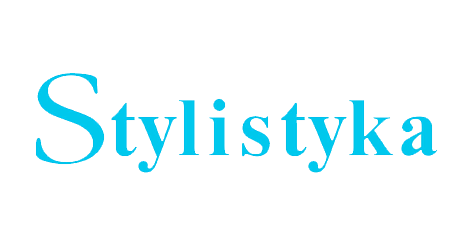

Election campaigns become the most suitable spatio-temporal contexts where and when any (possible) President/ MP will implicitly or explicitly connect to some powerful mental images, adapted to the social and cultural embeddings. My paper focuses on the study of three election posters (fixed images) during the 2000 and 2004 election campaigns in Romania, having as their main protagonist Traian Basescu, the actual president of Romania. The reason for my choice lies in Basescu’s attempt to break the monotony of empty words glued next to a mere collection of manly busts, through the use of some creative (non)verbal rhetorical devices which should be decoded by voters. My paper is based on two semiotic theories: - Theo van Leeuwen’s social semiotics is the general framework against which the semiotic resources in the three election posters will be analysed. It also provides a “multimodal function of style” which includes a threefold process: writing, speaking and doing. I am of the opinion that the last functional component of style, namely, doing! acting upon allows a text producer to turn into a discursive master. - Umberto Eco’s semiotic theory constitutes the theoretical background of my representing the discursive reinvention of political candidates as a semiotic circle (beginning point - example/ human being; ending point - stylization/ President) which will not be closed. The gap created between these two points suggests that any election stylization should be perceived as an appearance of reality. It was exactly this subtle game between reality and appearance which has driven me to place (conceptual) metaphors as the theoretical basis for the definition of a political discourse (political discourse = fortress). Traian B&sescu19 (and his team) created memorable election posters within these four years because they knew how to manipulate his social position in order to turn any slight hint of fake appearance into an ingredient of some real facts (B&sescu - the mayor of Bucharest, embodying the image of the mentor in 2000; Basescu - the possible president and a former merchant ship captain, embodying the image of the aggressive but justified punisher or the image of the social commander in 2004). The process of decoding the election posters was a subtle invitation for the Romanian reader to interpret every semiotic resources of technical nature (objects of value: a stake and a lollipop) or of physiological nature (hand gestures) through experiential abduction that will bring to surface associate connections stored in the memory of Romanian voters. B&sescu’s new (non)verbal ways of designating a politician’s involvement stops, in a way, the monotony of the inexpressiveness rendered by the vizualization of the political bust. The idiomatic expressions (a fi dus cu zaharelul = to believe in eye candy, a da (eapa = to give the shaft; to impale) coincide with the colloquial language style, the unpolished charisma and the sense of humor Traian Basescu is famous for.
Download files
Citation rules